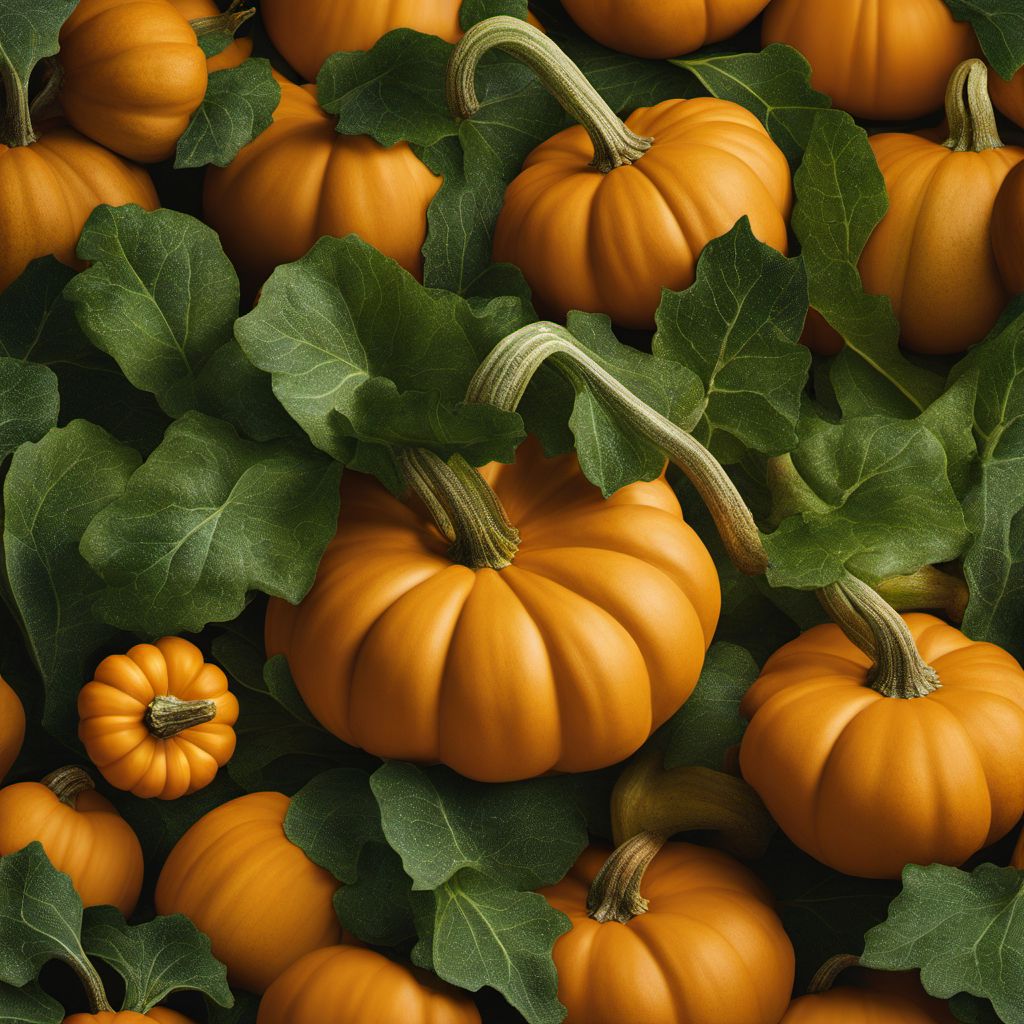
Ingredient
Pumpkin leaves
The Nutritious Greens: Pumpkin Leaves
Pumpkin leaves, also known as pumpkin greens or pumpkin tops, are dark green, tender leaves that are harvested from pumpkin plants. They have a slightly bitter and earthy taste, similar to spinach or Swiss chard. The leaves are soft and pliable, making them versatile for cooking in a variety of ways.
Origins and history
Pumpkin leaves have been consumed for centuries and are believed to have originated in Central America. They have been a staple in traditional cuisines across different cultures, particularly in African and Caribbean dishes. These greens have a rich history and cultural significance, often symbolizing abundance and fertility.
Nutritional information
Pumpkin leaves are a nutritional powerhouse, rich in vitamins A, C, and K, as well as minerals like calcium, iron, and potassium. They are also a good source of dietary fiber. These greens are low in calories and fat, making them a healthy addition to a balanced diet.
Allergens
There are no known allergens associated with pumpkin leaves.
How to select
When selecting pumpkin leaves, look for fresh, vibrant green leaves that are free from wilting or yellowing. The leaves should be tender and pliable, without any signs of discoloration or damage. Avoid leaves that are overly mature or have a tough texture, as they may be less flavorful.
Storage recommendations
To store pumpkin leaves, remove any damaged or wilted leaves and place them in a plastic bag or airtight container lined with a damp paper towel. Store them in the refrigerator for up to 5 days. For longer-term storage, blanch and freeze the leaves.
How to produce
Pumpkin leaves can be easily grown in home gardens or containers. They require well-drained soil and regular watering. Sow the seeds directly into the ground or in containers, ensuring a spacing of about 12 inches between each plant. Harvest the leaves when they are young and tender for the best flavor and texture.
Preparation tips
To prepare pumpkin leaves, start by washing them thoroughly to remove any dirt or debris. Remove the tough stems and chop the leaves into desired sizes. Pumpkin leaves can be cooked in various ways, such as sautéing with garlic and olive oil, adding them to soups and stews, or using them as a filling for savory pastries. Avoid overcooking to retain their vibrant color and nutritional value.
Substitutions
Pumpkin leaves can be substituted with other leafy greens such as spinach, Swiss chard, or kale, depending on the desired flavor and texture of the dish.
Culinary uses
Pumpkin leaves are commonly used in African and Caribbean cuisines. They are often added to soups, stews, and sauces, such as the Nigerian dish Efo Riro" or the Jamaican dish "Callaloo." They can also be used as a filling for savory pastries or added to salads for a nutritious boost."
Availability
Pumpkin leaves are commonly available in regions where pumpkins are cultivated, including countries in Africa, the Caribbean, and parts of Asia and the Americas.
More ingredients from this category » Browse all
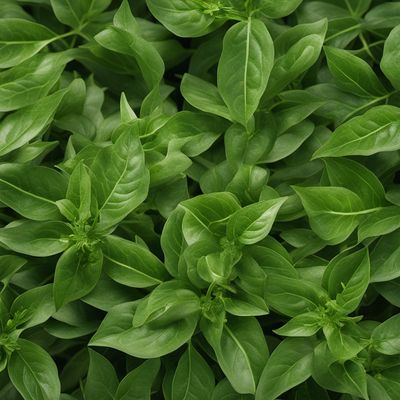
Pepper leaves
The Leafy Delight: Unveiling the Hidden Potential of Pepper Leaves
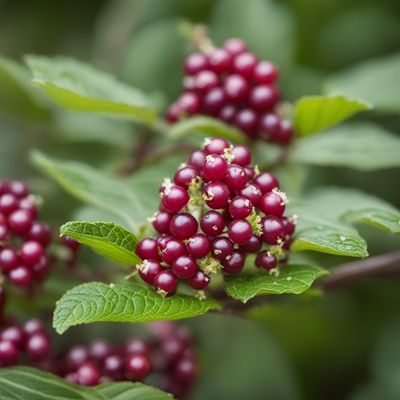
Pokeweed
The Wild Wonder: Pokeweed
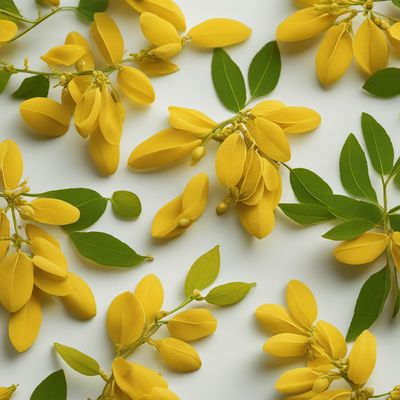
Senna leaves
The Natural Laxative: Unveiling the Power of Senna Leaves

Nightshade, black
The Dark Delight: Unveiling the Secrets of Black Nightshade

Papaya leaves
The Healing Green
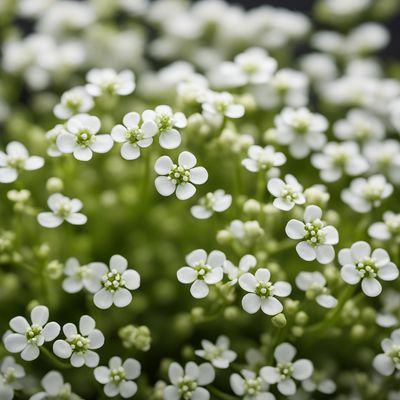
Scurvy-grass
The Citrusy Herb

Salsify leaves
The Verdant Delight: Unveiling the Hidden Potential of Salsify Leaves
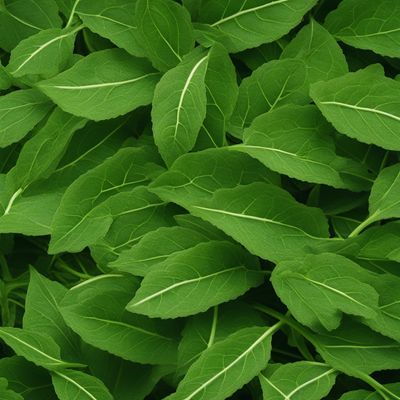
Jew's mallow leaves
The Nutritional Powerhouse: Jew's Mallow Leaves
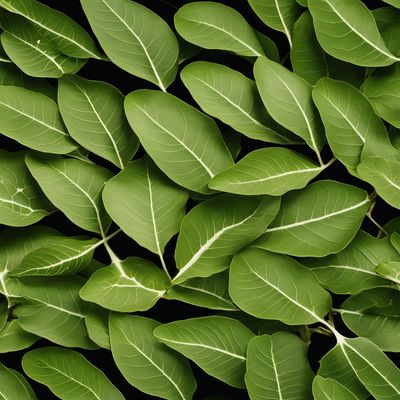
Baobab leaves
The Nutritional Powerhouse: Baobab Leaves Unveiled
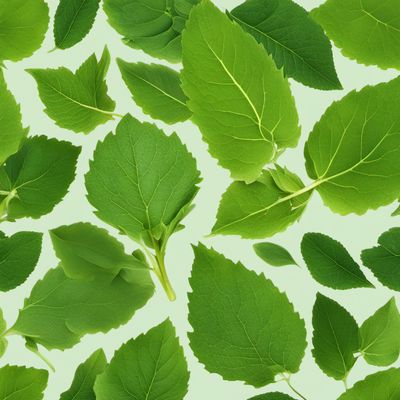
Balsam pear leaves
The Healing Power of Balsam Pear Leaves
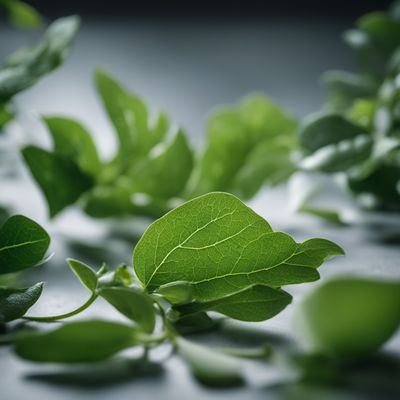
Blumea leaves
The Aromatic Herb: Blumea Leaves
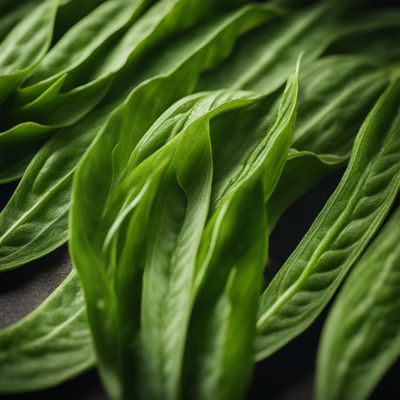
Plantain leaves
Versatile Wrapping Material
Recipes using Pumpkin leaves
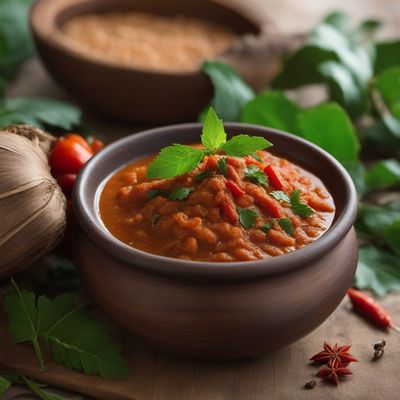
Ndolé with a Malawian Twist
Malawian Ndolé: A Fusion of Flavors

Crispy Fried Pumpkin Blossoms
Golden Delights: Crispy Fried Pumpkin Blossoms with a Gujarati Twist

Assamese Style Pumpkin Flower Curry
Blossoming Delight: Assamese Pumpkin Flower Curry

Muboora Stew
Savory Delight: Zimbabwean Muboora Stew

Mbanga Soup with Smoked Fish and Egusi
Savory Delight: Smoky Mbanga Soup with a Twist
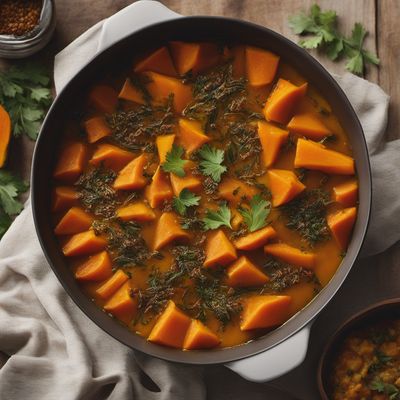
Castilian-Manchego Style Pumpkin Flower Stew
Deliciously Savory Pumpkin Flower Delight